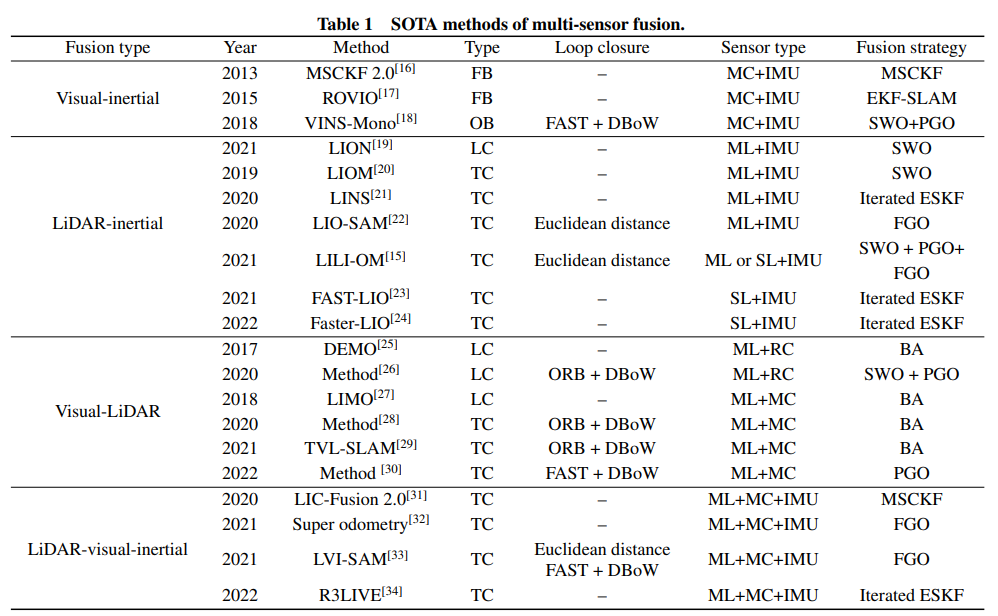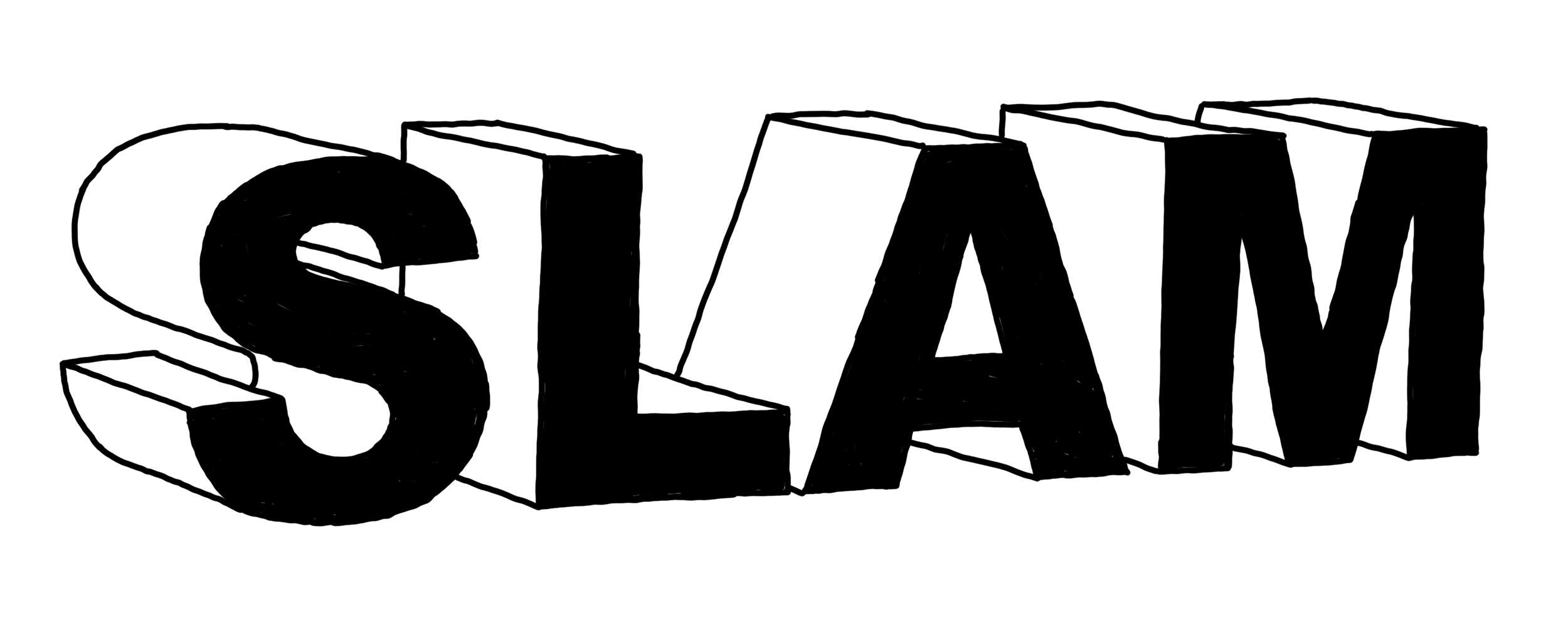Overview
Great-power competition has driven threats to the United States and its partners to a highly complex level. The U.S. faces near-peer challenges across multiple domains, including long-range missiles, anti-access/area denial, long-range targeting, command and control (C2), electronic warfare (EW), and cyber operations.
Need for Innovation in Platform and System Development
Roshan Roeder, vice president and general manager for airborne multifunction sensors at Northrop Grumman Mission Systems, said: "Maintaining an edge on the battlefield requires innovation in how we develop, build, and procure platforms and systems." He added that the company is moving toward digital verification of designs before hardware construction instead of the traditional long design-build-prototype-test cycle, and is implementing product lines based on broadband multifunction building blocks to accelerate delivery to operators.
"Rapid, collective observe-orient-decide-act (OODA) cycles to address advanced threats, spectrum agility, and the use of multifunction sensors are both the future approach and a necessity. Integrated capability across the electromagnetic spectrum reduces an adversary's ability to deny operations and improves the reliability and timeliness of situational awareness. This multifunction capability enables systems to employ adaptive methods and artificial intelligence to address changing operational environments in unprecedented ways."
Role of Multifunction Sensors in EW, Targeting, and C2
What is a multifunction sensor, and how does it fit the described battlefield and threat environment?
A multifunction sensor is an integrated system that consolidates multiple functions in the RF spectrum—such as communications, radar, electronic warfare, and intelligence, surveillance, and reconnaissance (ISR)—into a single sensor.
This differs from multispectral sensors, where two or more physically separate systems each sense in distinct spectral bands and fuse the resulting data to create a more accurate target picture. A useful analogy is a smartphone, which hosts voice, text, camera, and navigation functions; a multifunction sensor contains multiple functions to serve diverse users, and its data products must be reliable and secure.
Roeder explained: "On request, we can provide higher-power multifunction sensors for larger platforms and smaller, lower size-weight-and-power (SWaP) multifunction sensors for smaller autonomous capabilities. To increase flexibility and innovation, we built our multifunction sensors from a suite of all-sensor building blocks, reducing the number of apertures and power required by individual sensors."
"Additionally, by using open architecture and software-defined networking, we can easily adapt sensors to specific multi-mission needs and create actionable data at a service-relevant pace."
Multifunction sensors are well suited to support Joint All-Domain Command and Control (JADC2) and multi-domain operations (MDO) because multiple sensors operating across frequencies provide commanders with a set of higher-confidence actionable data to improve OODA cycles for targeting and precision fires. Such capability is central to the Department of Defense's joint concepts for gaining and maintaining decision advantage.
Roeder noted: "The beauty of a multifunction sensor is that it is a single system capable of radar sensing, EW, and communications—all capabilities required for decision advantage." He added that these sensors can include both passive and active functions in one system. Like different apps on a phone, multifunction sensors provide responders with centralized information to improve situational understanding across a range of tasks.
Multiple multifunction sensors with these capabilities distributed across the threat environment can provide what Roeder called "unprecedented situational awareness" for command and control in multi-domain environments.
An Example: A New Multifunction Sensor for Emerging Threats
In mid-2021, Northrop Grumman delivered one of the most advanced multifunction sensors to date for testing by the Air Force Research Laboratory (AFRL) and the Defense Advanced Research Projects Agency (DARPA). Known as the Array Consolidation and Testing on Commercial Timescales (ACT-IV) system, it is based on an advanced digital active electronically scanned array (AESA).
Northrop Grumman described ACT-IV as a breakthrough in AESA performance and a milestone in transitioning to digitally reprogrammable multifunction RF systems. ACT-IV is among the first digital AESA-based multifunction systems using semiconductor devices developed under DARPA's Arrays at Commercial Timescales program.
Roeder said: "The details of ACT are exciting, but the benefits are what matter most. ACT technology supports flexible multifunction systems, and we use ACT-based common building blocks to support rapid fielding of new capabilities to operators."
These apertures are based on common building blocks, with RF energy on one side and digital data on fiber on the other. Digital building blocks allow an aperture to switch instantly from AESA radar to a passive electronic support measures (ESM) receiver, datalink, or signals intelligence (SIGINT) function.
Multiple software-defined aperture arrays can scale to provide all of these functions concurrently, either across the array or at the building-block group level. This significantly affects platform SWaP, logistics simplification, and overall ownership cost. Northrop Grumman is developing a product line across the RF spectrum using these building blocks to support land, sea, and air platforms.
Designing Multifunction Sensors with Open Architecture and Digital Engineering
A key concept is that multifunction sensors are designed for open architecture environments, which supports the building-block approach. This makes data sharing between different sensors easier and, because of the open system, allows sensor capability to be enhanced over time by new products or third-party components.
Roeder said: "Open architecture is a prerequisite for our development efforts. Our architecture lets us take some of our best products and enhance them through third-party processing, mission waveforms, and networking functions to eliminate concerns about vendor lock. This enables us to create a sensor that may exceed current requirements by enabling different functions on the multifunction sensor via third-party capabilities."
Supporting this approach is a capability development kit (CDK) that has been paired with third-party training courses.
The building-block structure and open architecture reduce vendor lock and are a cost-effective method to build scale economies and lower design, development, and production costs. Roeder noted that the company has invested in understanding cost drivers within the supply base and focused its digital transition on helping third parties integrate into the multifunction sensor engineering lifecycle.
Digital engineering is central to these efforts. "Our deep understanding of mission environments and threats allows us to model and analyze numerous complex scenarios across the electromagnetic spectrum," Roeder said. "Customers are sharing more about their needs, so we can run up to 100,000 tests per night to validate system changes against real information and data. This helps us enable mission kits, optimize operator performance, and understand the technical performance required to meet schedule and cost objectives."
Digital Twin: The "Digital Shadow"
To support rapid iteration and evaluation of multiple mission system configurations, such as fighter multifunction sensors and radar systems, Northrop Grumman developed a "digital shadow" test platform, also called a digital twin. It is a digital replica of the flight test aircraft fuselage and subsystems.
Roeder explained: "The digital twin serves as a multispectral integration platform, allowing us to simulate current and future aircraft capabilities and choose virtual tests so we can correlate predicted sensor performance with actual performance. This further increases the fidelity and credibility of these digital representations. Using our Digital Shadow test platform is an iterative transformation for us."
The digital test platform is a virtual mission system integration lab that links digital sensor representations to their physical designs, further validates system and performance models, and leverages Northrop Grumman's large data repositories.
By creating digital versions of aircraft and airborne mission system suites, the company can virtually configure, integrate, and fly scenarios and sensor combinations beyond the limits of physical testbeds. This increases the breadth and scale of experiments, reduces timelines and flight test costs, and ultimately expands operator mission capabilities to stay ahead of evolving threats.
Roeder said: "The digital environment lets us explore the vast test and performance space created by multifunction systems that perform multiple functions across many frequencies and platforms against multiple threats. A digital system can complete more tests in less time than human-in-flight testing. Thus, digital twins are essential components of future multifunction, multi-domain infrastructure for operational forces."
Conclusion
As sensors evolve to meet operational expectations in multi-domain operations, multifunction sensors enable dynamic and seamless support for ISR, targeting, communications, EW, and C2 requirements. These capabilities are necessary to counter emerging threats in increasingly complex and agile MDO environments.
 ALLPCB
ALLPCB






